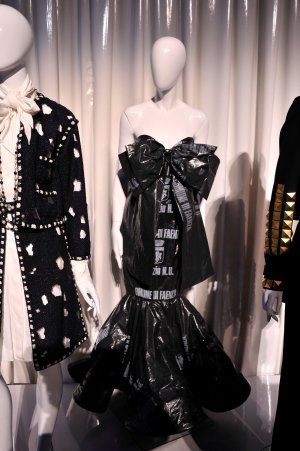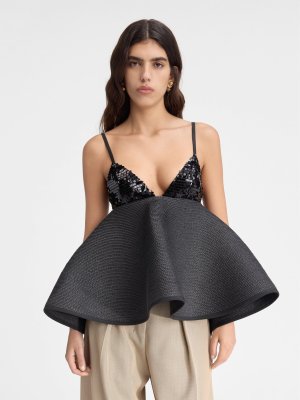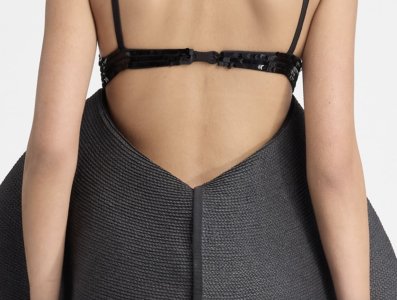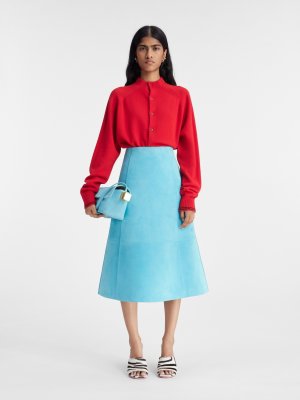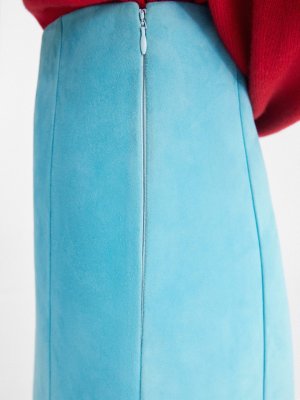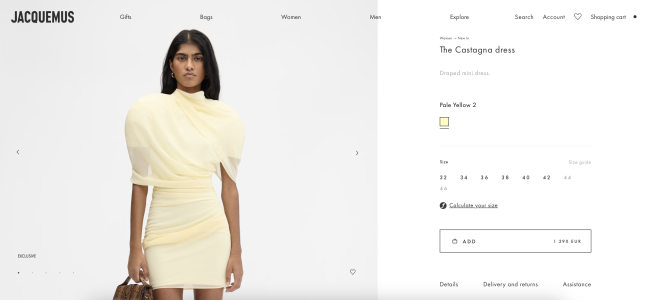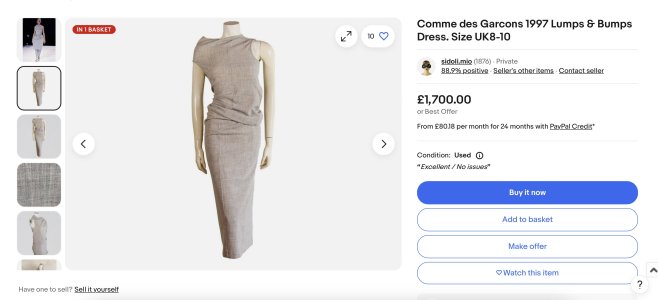50 million people have stopped buying luxury brands like Dior and Burberry after ‘broken promises’ to customers
“You need to constantly meet consumers at a new angle and surprise and delight them,” an equity analyst told Fortune. · Fortune · Mike Kemp - Getty Images
Jane Thier
Updated Wed, November 20, 2024 at 7:30 AM GMT+11 4 min read
Nothing gold can stay. Despite
years of strong performance, the market for personal luxury goods is set to slow down this year for the first time since the 2009 Great Recession. Now, 50 million luxury consumers have either ditched buying designer bags, scarves, watches, and more—or have been priced out, Bain & Company’s new
annual luxury report warns.
Only a third of luxury brands will end the year with positive growth, Bain posited, down from two-thirds last year.
Looking ahead, it said that to stay alive, brands need to reevaluate their value proposition—mainly for Gen Zers—and keep meeting their growing expectations.
As for how? Marie Driscoll, an equity analyst focused on luxury retail, told
Fortune that reinvention is key.
“Get back to books, make products more inspirational, make the shopping experience marvelous,” Driscoll said. “You need to constantly meet consumers at a new angle and surprise and delight them.”
“A fabulous ice cream sundae is boring by the time you have it the fifth time,” Driscoll added.
Broken promises to shoppers
On some level, brands have broken their promises to consumers, Driscoll said.
“Since 2019, there’s been a high price increase across luxury without a corresponding increase in innovation, service, quality, or appeal that a luxury brand should provide,” Driscoll added. “This year, that really hit consumers, and we felt the full impact.”
It perhaps explains why the luxury powerhouses, including LVMH (which owns Dior and Louis Vuitton), Burberry, and
Kering (owner of YSL and Gucci), missed revenue targets this year. In fact, LVMH was
dethroned as Europe’s most valuable company in September 2023 by
Novo Nordisk, the maker of Ozempic.
Customers—beyond being hamstrung by eye-popping prices with which their salaries rarely keep pace—are likely growing unimpressed by the products these high-end brands have to offer.
Some more than others. Michael Kors, founder of his namesake brand, said during New York Fashion Week in September that he’s
struggling with “brand fatigue” in an effort to explain 14% year-over-year revenue drops, pointing his finger at fast fashion and social media influencers keeping up with trends much, much faster.
"The luxury consumer wants something that is rare, unique, bespoke, beautiful, and specifically theirs,” Hitha Herzog, a retail analyst, told
Fortune. “While some luxury brands offer basic customization, almost all luxury brands have no way to make one-off pieces for their VIP clients, or create something so aspirational customers can strive to eventually own.”
One major exception: Hermès, which has
skyrocketed in growth this year while its industry peers have struggled. Herzog said this is largely thanks to its Birkin bag, which amasses “long wait-lists and requirements and benchmarks of how much money a customer spends before they can talk to the store about purchasing a bag.” That exclusivity, Herzog said, “creates a mystique around owning something rare, and gives it a sense of worth when you look at the price tag."
The China effect
China had been propelling luxury growth since 2000 all the way until the pandemic. “Luxury growth globally benefited from the growth of the Chinese middle class, the aspirational class, and the people that became millionaires,” Driscoll said.
LVMH, a bellwether for the larger luxury space, posted a
3% revenue drop last month, due in large part to the continued impacts of inflation on consumer behavior—especially in the crucial Chinese market. For its part, Kering
reported a 15% year-over-year decline last month.
Bain said the sharp decrease in spending in China is due to “lackluster consumer confidence”—and they’re not alone.
Globally, the current economic environment has made many “aspirational” shoppers more conservative in their spending, Nicolas Llinas-Carrizosa, a BCG partner focused on luxury, told
Fortune. “They’re prioritizing either financial investments or prioritizing spending in other categories they deem more important to them.”
All told, the entire luxury sector is set to drop by 2% over the 2024 full-year period, Bain said.
But that doesn’t mean consumers are pausing their spending altogether; the travel, fine wine and dining, and auto sectors both reported modest growth this year.
Plus a “gradual recovery” in late 2025 is nonetheless still likely in China, Europe, the U.S., and especially Japan—where shoppers are the lucky beneficiary of favorable currency exchange rates.
FORTUNE MAGAZINE



